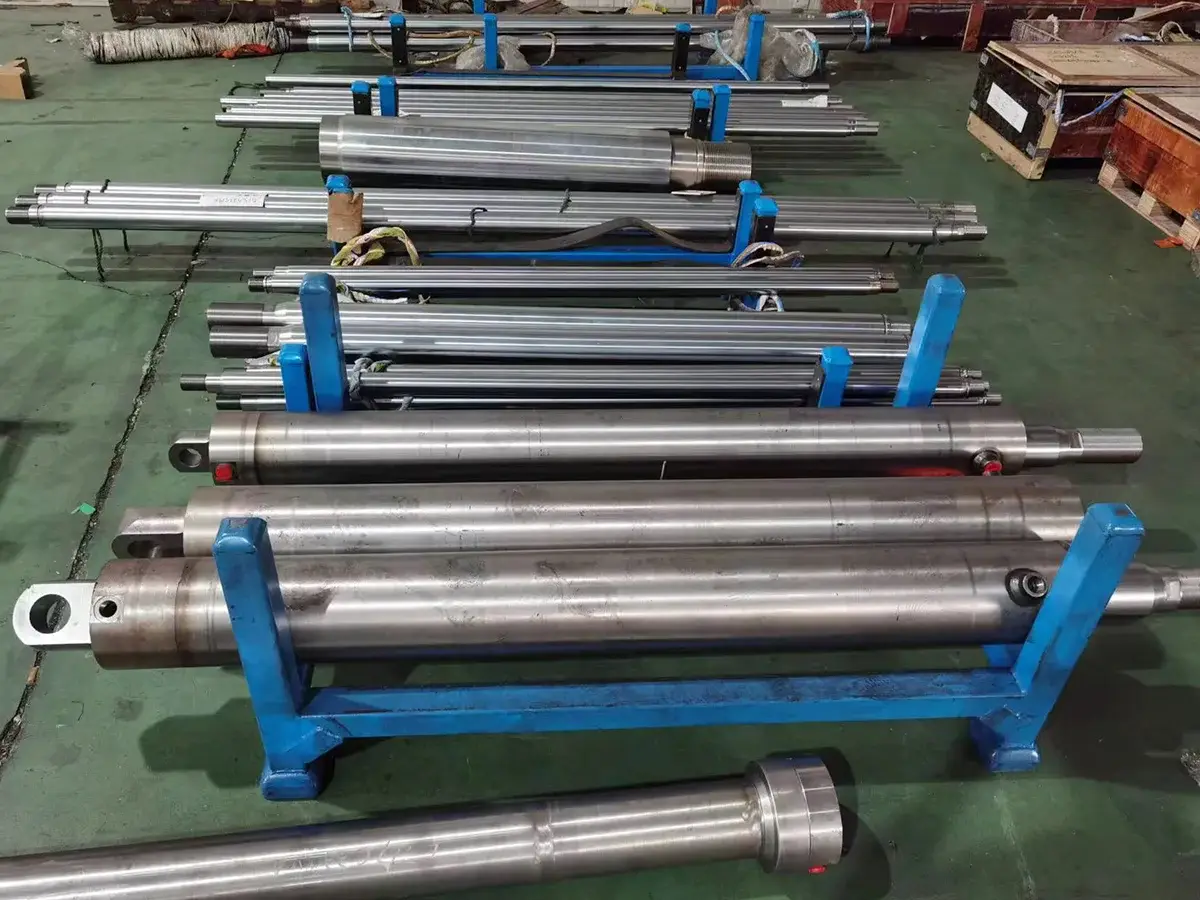When it comes to logistics and freight transportation, cargo trains play a pivotal role in moving goods efficiently across vast distances. However, one of the most pressing questions for businesses considering this mode of transport is: How much does a cargo train cost? The answer is multifaceted, influenced by various factors including the type of cargo, distance, infrastructure, and operational expenses. In this article, we will delve into the intricacies of cargo train costs, providing a comprehensive overview that can guide businesses in their logistics planning.
- Understanding the Components of Cargo Train Costs
The cost of operating a cargo train can be broken down into several key components:
a. Rolling Stock Costs
Rolling stock refers to the vehicles that move on a railway. This includes locomotives and freight cars. The price of a new locomotive can range from $2 million to $4 million, while freight cars can cost anywhere from $20,000 to $150,000 each, depending on their type and specifications. For instance, specialized cars for transporting hazardous materials or temperature-sensitive goods may incur higher costs due to additional safety features and insulation.
b. Infrastructure Investment
The infrastructure required for cargo trains includes tracks, signaling systems, and terminals. Building new rail lines can be prohibitively expensive, often exceeding $1 million per mile in rural areas and significantly more in urban settings. Additionally, maintaining existing infrastructure is crucial, with annual maintenance costs averaging around $20,000 per mile.
c. Operational Expenses
Operational costs encompass fuel, labor, maintenance, and insurance. Fuel costs can fluctuate significantly, impacting overall expenses. On average, a freight train consumes about 1 gallon of fuel per ton-mile, making fuel efficiency a critical factor in cost management. Labor costs also vary by region and can include salaries for engineers, conductors, and maintenance crews.
- Factors Influencing Cargo Train Costs
Several external factors can influence the overall cost of cargo train operations:
a. Distance and Route
The distance of the journey and the complexity of the route can significantly impact costs. Longer distances may benefit from economies of scale, while routes that require multiple transfers or complex logistics can increase expenses.
b. Type of Cargo
Different types of cargo come with varying handling and transportation requirements. Bulk commodities like coal or grain may be cheaper to transport due to their volume, while high-value goods such as electronics may require specialized handling and insurance, raising costs.
c. Regulatory Compliance
Compliance with safety and environmental regulations can add to operational costs. For instance, trains transporting hazardous materials must adhere to stringent safety protocols, which can involve additional training for personnel and specialized equipment.
- Cost-Benefit Analysis of Cargo Trains
While the initial investment in cargo trains can be substantial, businesses must consider the long-term benefits. Cargo trains are often more fuel-efficient than trucks, reducing per-ton transportation costs over long distances. Additionally, rail transport can alleviate road congestion and lower the carbon footprint of logistics operations, aligning with sustainability goals.
- Financing Options for Cargo Train Investments
For businesses looking to invest in cargo trains, understanding financing options is crucial. Common methods include:
- Leasing: Companies can lease rolling stock, which allows for lower upfront costs and flexibility in fleet management.
- Public-Private Partnerships: Collaborations with government entities can provide funding for infrastructure improvements and expansions.
- Grants and Subsidies: Various government programs offer financial assistance for rail infrastructure projects, particularly those that enhance sustainability.
Conclusion
Determining the cost of a cargo train involves a complex interplay of various factors, from rolling stock and infrastructure to operational expenses and regulatory compliance. While the initial investment can be significant, the long-term benefits of efficiency, sustainability, and cost savings make cargo trains an attractive option for many businesses. By conducting a thorough cost-benefit analysis and exploring financing options, companies can make informed decisions that align with their logistics strategies and operational goals.

